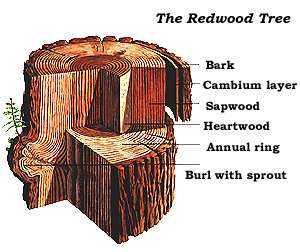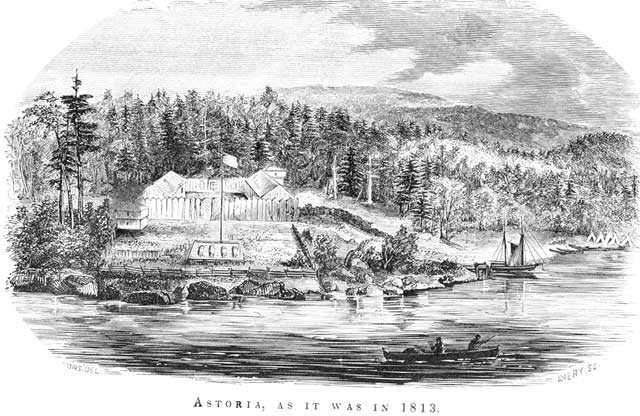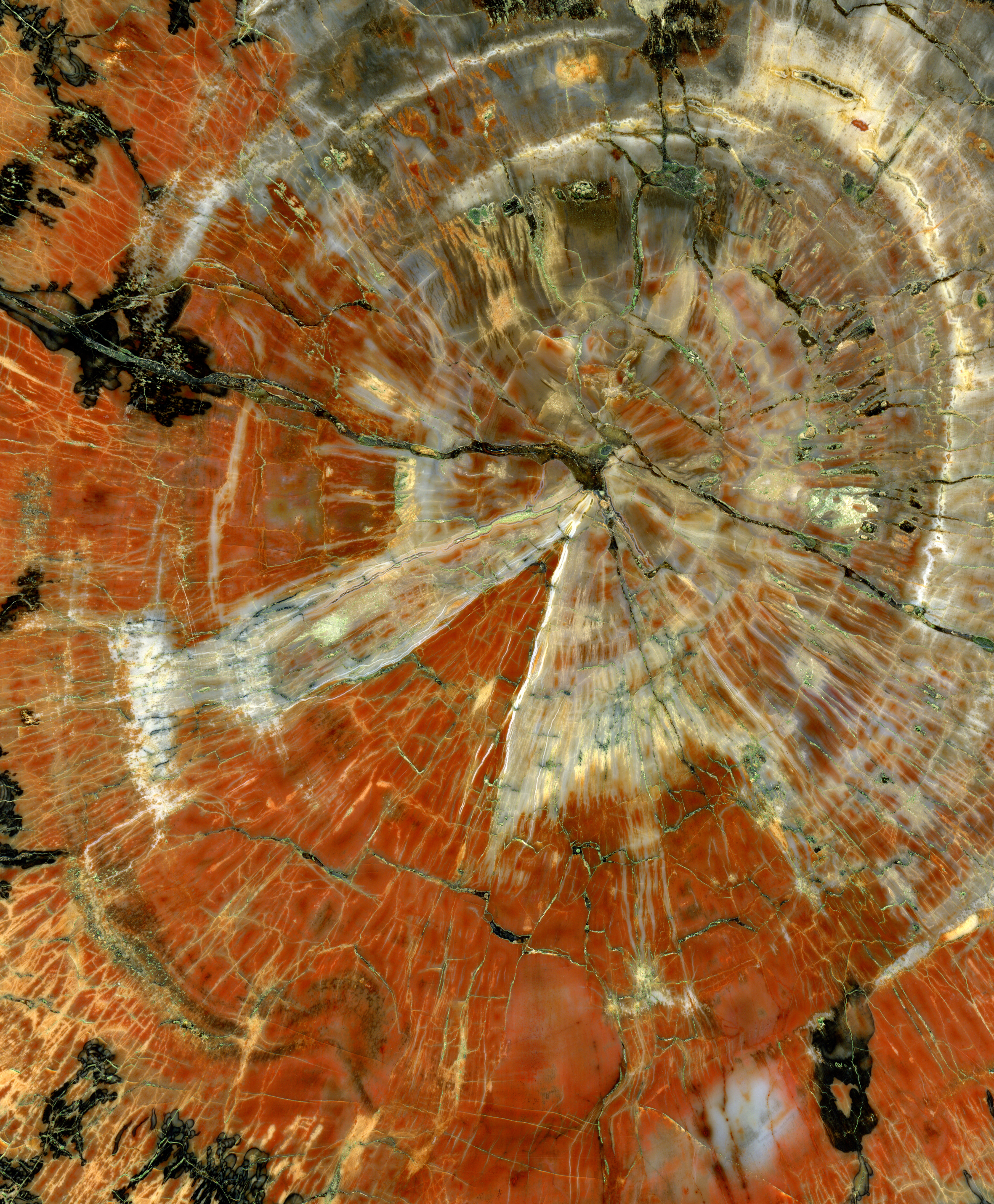|
Sequoia (genus)
''Sequoia'' is a genus of redwood coniferous trees in the subfamily Sequoioideae of the family Cupressaceae. The only extant species of the genus is '' Sequoia sempervirens'' in the Northern California coastal forests ecoregion of Northern California and Southwestern Oregon in the United States. The two other genera in the subfamily Sequoioideae, '' Sequoiadendron'' and '' Metasequoia'', are closely related to ''Sequoia''. It includes the tallest trees, as well as the heaviest, in the world. Several extinct species have been named from fossil A fossil (from Classical Latin , ) is any preserved remains, impression, or trace of any once-living thing from a past geological age. Examples include bones, shells, exoskeletons, stone imprints of animals or microbes, objects preserve ...s, including ''Sequoia affinis ''(Western North America) and ''Sequoia magnifica'' (petrified wood from the Yellowstone National Park area). Etymology The name ''Sequoia'' was first ... [...More Info...] [...Related Items...] OR: [Wikipedia] [Google] [Baidu] |
Sequoia Sempervirens
''Sequoia sempervirens'' ()''Sunset Western Garden Book,'' 1995: 606–607 is the sole living species of the genus ''Sequoia (genus), Sequoia'' in the cypress family Cupressaceae (formerly treated in Taxodiaceae). Common names include coast redwood, coastal redwood and California redwood. It is an evergreen, long-lived, monoecious tree living 1,200–2,200 years or more. This species includes the List of tallest trees, tallest living trees on Earth, reaching up to in height (without the roots) and up to in diameter at breast height. These trees are also among the List of oldest trees, longest-living trees on Earth. Before commercial logging and clearing began by the 1850s, this massive tree occurred Native species, naturally in an estimated along much of coastal California (excluding southern California where rainfall is not sufficient) and the southwestern corner of coastal Oregon within the United States. Being the tallest tree species, with a small range and an extremely ... [...More Info...] [...Related Items...] OR: [Wikipedia] [Google] [Baidu] |
Oregon
Oregon ( , ) is a U.S. state, state in the Pacific Northwest region of the United States. It is a part of the Western U.S., with the Columbia River delineating much of Oregon's northern boundary with Washington (state), Washington, while the Snake River delineates much of its eastern boundary with Idaho. The 42nd parallel north, 42° north parallel delineates the southern boundary with California and Nevada. The western boundary is formed by the Pacific Ocean. Oregon has been home to many Indigenous peoples of the Americas, indigenous nations for thousands of years. The first European traders, explorers, and settlers began exploring what is now Oregon's Pacific coast in the early to mid-16th century. As early as 1564, the Spanish expeditions to the Pacific Northwest, Spanish began sending vessels northeast from the Philippines, riding the Kuroshio Current in a sweeping circular route across the northern part of the Pacific. In 1592, Juan de Fuca undertook detailed mapping a ... [...More Info...] [...Related Items...] OR: [Wikipedia] [Google] [Baidu] |
Nomen Dubium
In binomial nomenclature, a ''nomen dubium'' (Latin for "doubtful name", plural ''nomina dubia'') is a scientific name that is of unknown or doubtful application. Zoology In case of a ''nomen dubium,'' it may be impossible to determine whether a specimen belongs to that group or not. This may happen if the original type series (i. e. holotype, isotype, syntype or paratype) is lost or destroyed. The zoological and botanical codes allow for a new type specimen, or neotype, to be chosen in this case. A name may also be considered a ''nomen dubium'' if its name-bearing type is fragmentary or lacking important diagnostic features (this is often the case for species known only as fossils). To preserve stability of names, the ''International Code of Zoological Nomenclature'' allows a new type specimen, or neotype, to be chosen for a ''nomen dubium'' in this case. 75.5. Replacement of unidentifiable name-bearing type by a neotype. When an author considers that the taxonomic identity ... [...More Info...] [...Related Items...] OR: [Wikipedia] [Google] [Baidu] |
Cherokee Syllabary
The Cherokee syllabary is a syllabary invented by Sequoyah in the late 1810s and early 1820s to write the Cherokee language. His creation of the syllabary is particularly noteworthy as he was illiterate until its creation. He first experimented with logograms, but his system later developed into the syllabary. In his system, each symbol represents a syllable rather than a single phoneme; the 85 (originally 86) characters provide a suitable method for writing Cherokee. The letters resemble characters from other scripts, such as Latin, Greek, Cyrillic, and Glagolitic, but are not used to represent the same sounds. History Early history Around 1809, impressed by the "talking leaves" of European written languages, Sequoyah began work to create a writing system for the Cherokee language. After attempting to create a character for each word, Sequoyah realized this would be too difficult and eventually created characters to represent syllables. He worked on the syllabary for tw ... [...More Info...] [...Related Items...] OR: [Wikipedia] [Google] [Baidu] |
Sequoyah
Sequoyah ( ; , , or , , ; 1770 – August 1843), also known as George Gist or George Guess, was a Native American polymath and Constructed script, neographer of the Cherokee Nation. In 1821, Sequoyah completed his Cherokee syllabary, enabling reading and writing in the Cherokee language. One of the first North American Indigenous groups to gain a written language, the Cherokee Nation officially adopted the syllabary in 1825, helping to unify a forcibly divided nation with new ways of communication and a sense of independence. Within a quarter-century, the Cherokee Nation had reached a literacy rate of almost 100%, surpassing that of surrounding European Americans, European-American settlers. Sequoyah's creation of the Cherokee syllabary is among the few times in recorded history that an individual member of a pre-literate group created an original, effective writing system. It is believed to have inspired the development of 21 scripts or writing systems used in 65 languages ... [...More Info...] [...Related Items...] OR: [Wikipedia] [Google] [Baidu] |
Morphology (biology)
Morphology (from Ancient Greek μορφή (morphḗ) "form", and λόγος (lógos) "word, study, research") is the study of the form and structure of organisms and their specific structural features. This includes aspects of the outward appearance (shape, structure, color, pattern, size), as well as the form and structure of internal parts like bones and organs, i.e., anatomy. This is in contrast to physiology, which deals primarily with function. Morphology is a branch of life science dealing with the study of the overall structure of an organism or taxon and its component parts. History The etymology of the word "morphology" is from the Ancient Greek (), meaning "form", and (), meaning "word, study, research". While the concept of form in biology, opposed to function, dates back to Aristotle (see Aristotle's biology), the field of morphology was developed by Johann Wolfgang von Goethe (1790) and independently by the German anatomist and physiologist Karl Fried ... [...More Info...] [...Related Items...] OR: [Wikipedia] [Google] [Baidu] |
Stephan Endlicher
Stephan Friedrich Ladislaus Endlicher, also known as Endlicher István László (24 June 1804 – 28 March 1849), was an Austrian Empire, Austrian botanist, numismatist and Sinologist. He was a director of the Botanical Garden of Vienna. Biography Endlicher studied theology and received minor orders. In 1828 he was appointed to the Österreichische Nationalbibliothek, Austrian National Library to reorganize its manuscript collection. Concurrently he studied natural history, in particular botany, and East-Asian languages. In 1836, Endlicher was appointed keeper of the court cabinet of natural history, and in 1840 he became professor at the University of Vienna and director of its Botanical Garden of the University of Vienna, Botanical Garden. He wrote a comprehensive description of the plant kingdom according to a natural system, at the time its most comprehensive description. As proposed by Endlicher, it contained images with text. It was published together with the reissue of ... [...More Info...] [...Related Items...] OR: [Wikipedia] [Google] [Baidu] |
Petrified Wood
Petrified wood (from Ancient Greek meaning 'rock' or 'stone'; literally 'wood turned into stone'), is the name given to a special type of ''fossilized wood'', the fossilized remains of terrestrial plant, terrestrial vegetation. ''Petrifaction'' is the result of a tree or tree-like plants having been replaced by stone via a mineralization process that often includes permineralization and replacement. The Carbon-based life, organic materials making up cell walls have been replicated with minerals (mostly silica in the form of opal, chalcedony, or quartz). In some instances, the original structure of the stem tissue may be partially retained. Unlike other plant fossils, which are typically impressions or compressions, petrified wood is a three-dimensional representation of the original organic material. The petrifaction process occurs underground, when wood becomes buried in water or volcanic ash. The presence of water reduces the availability of oxygen which inhibits aerobic dec ... [...More Info...] [...Related Items...] OR: [Wikipedia] [Google] [Baidu] |
Fossil
A fossil (from Classical Latin , ) is any preserved remains, impression, or trace of any once-living thing from a past geological age. Examples include bones, shells, exoskeletons, stone imprints of animals or microbes, objects preserved in amber, hair, petrified wood and DNA remnants. The totality of fossils is known as the ''fossil record''. Though the fossil record is incomplete, numerous studies have demonstrated that there is enough information available to give a good understanding of the pattern of diversification of life on Earth. In addition, the record can predict and fill gaps such as the discovery of '' Tiktaalik'' in the arctic of Canada. Paleontology includes the study of fossils: their age, method of formation, and evolutionary significance. Specimens are sometimes considered to be fossils if they are over 10,000 years old. The oldest fossils are around 3.48 billion years to 4.1 billion years old. Early edition, published online before prin ... [...More Info...] [...Related Items...] OR: [Wikipedia] [Google] [Baidu] |
Species
A species () is often defined as the largest group of organisms in which any two individuals of the appropriate sexes or mating types can produce fertile offspring, typically by sexual reproduction. It is the basic unit of Taxonomy (biology), classification and a taxonomic rank of an organism, as well as a unit of biodiversity. Other ways of defining species include their karyotype, DNA sequence, morphology (biology), morphology, behaviour, or ecological niche. In addition, palaeontologists use the concept of the chronospecies since fossil reproduction cannot be examined. The most recent rigorous estimate for the total number of species of eukaryotes is between 8 and 8.7 million. About 14% of these had been described by 2011. All species (except viruses) are given a binomial nomenclature, two-part name, a "binomen". The first part of a binomen is the name of a genus to which the species belongs. The second part is called the specific name (zoology), specific name or the specific ... [...More Info...] [...Related Items...] OR: [Wikipedia] [Google] [Baidu] |
Extinct
Extinction is the termination of an organism by the death of its Endling, last member. A taxon may become Functional extinction, functionally extinct before the death of its last member if it loses the capacity to Reproduction, reproduce and recover. As a species' potential Range (biology), range may be very large, determining this moment is difficult, and is usually done retrospectively. This difficulty leads to phenomena such as Lazarus taxon, Lazarus taxa, where a species presumed extinct abruptly "reappears" (typically in the Fossil, fossil record) after a period of apparent absence. Over five billion species are estimated to have died out. It is estimated that there are currently around 8.7 million species of eukaryotes globally, possibly many times more if microorganisms are included. Notable extinct animal species include Dinosaur, non-avian dinosaurs, Machairodontinae, saber-toothed cats, and mammoths. Through evolution, species arise through the process of specia ... [...More Info...] [...Related Items...] OR: [Wikipedia] [Google] [Baidu] |
List Of Tallest Trees
This is a list of the tallest known species of trees, as reflected by measurements of the tallest reliably-measured individual specimen. Although giant trees grow in both tropical and temperate regions, they are very restricted geographically and phylogenetically. All the known giant trees occur in mesic climates, and nearly all of them are found in three regions: western North America (from California to British Columbia), Southeast Asia (especially Borneo) and southeastern Australia (especially Tasmania). Tallest living individuals by species The following are the tallest reliably-measured specimens from the top species. This table contains information on all species for which at least one specimen has been reliably measured at or taller. Maximum limits of tree height Two main opposing forces affect a tree's height; one pushes it upward while the other holds it down. By analyzing the interplay between these forces in coast redwoods (''Sequoia sempervirens''), a team of ... [...More Info...] [...Related Items...] OR: [Wikipedia] [Google] [Baidu] |









